 Willow Tit (Parus montanus) By David Merrett - Flickr Willow Tit, CC BY 2.0, httpscommons.wikimedia .orgwindex.phpcurid= 14614110 Willow Tit (Parus montanus) By David Merrett - Flickr Willow Tit, CC BY 2.0, httpscommons.wikimedia .orgwindex.phpcurid= 14614110 It all started when I noticed a new visitor to my bird feeders: very shiny black crown, chic grey, peachy tummy. Then, The Guardian carried this item about the decline in Willow tit numbers, with a photo that looked just like what I'd seen. Ooh, thrilling! I wonder if that's what mine was? The article referred to the State of the UK's Birds report which I'd just posted on MoreNews. Next: Consult the experts, Andrew and Peter. Response: not Willow but more likely Marsh tit - they look much the same but Willow's crown is 'sooty' and mine's was definitely as shiny as a black top hat. What a thrill though! (For me - but maybe it's just I'm such a novice at this, perhaps they're quite common.) Peter sent me this link to the most delightful story about the willow tits at Carlton Marsh Nature Reserve in Suffolk.  MarshTit Parus Palustris By Kristian Pikner - Own work, CC BY-SA 4.0, httpscommons.wikimedia .orgwindex.phpcurid= 63655446 MarshTit Parus Palustris By Kristian Pikner - Own work, CC BY-SA 4.0, httpscommons.wikimedia .orgwindex.phpcurid= 63655446 But then, Izzy Fry's delightful blog about her new woodland hide, included the words, 'The feeders had only been up for about 5 minutes when a flock of Blue tits and Great tits arrived! And soon after that the other tit species (including Marsh tit!) ...' So, if Izzy's excited, it's OK for me! Sparrow hawks eat sparrows. Or any other plump small birds available. And of course right now or indeed most times of the year, the place to find them is at our garden bird feeders. Heigh ho. Survival of the fittest, nature red in tooth and claw etc.
But not least in Tim Jones's amazing photo (left - just click on the photo so you can look it in the eye), they are the most impressive birds. I'd not like to be a sparrow when this one was around. Or in Andrew Graham's garden (centre) or mine (right). I wonder if it's the same bird? The talk by Edward Mayer of Swift Conservation was the starting point - more details on the Talks/What you missed page. So - what are we doing to protect existing nest sites and provide new ones for the young?
First of all, we are now a team of three:
The plan
A range of leaflets from Swift Conservation covers pretty well all the questions you may have, starting with Swifts for homeowners.
Thank you - it's going to be an exciting year! 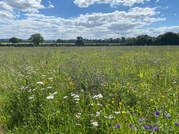 A walk to the Beckford in 2024?? A walk to the Beckford in 2024?? Its 'all change' on the land behind the Nadder Centre, from Weaveland Farm right across to the Beckford Arms. Neil Harley, whose family have farmed on Salisbury Plain for generations, is moving some of his Aberdeen Angus cattle onto what has been arable land. In our January talk, he explained the changes we may soon enjoy as an 'explosion of flowers' gradually emerges over the next few years thanks to the 'mowers and muck spreaders'. Go to Talks/What you missed for the whole story and links to some of the stages in the development of the new 'regenerative' farming method Neil uses to produce premium-quality beef. Andrew Graham adds, 'Another major change will be the fences needed to keep the stock secure and to manage the mob grazing. This will mean that some of the headlands along which many of us have become used to walking will no longer be available. We are fortunate to have a good rights of way network hereabouts and those routes which cross the area will of course still be open. The presence of stock means it will be important to keep dogs under control and ensure any dog dirt is taken home. The success of Neil’s new venture should greatly enhance the landscape to the north of the village in the years to come.'  1200px-Siphonaptera_(YPM_IZ_093896) Yale Peabody Museum of Natural History, CC0, via Wikimedia Commons 1200px-Siphonaptera_(YPM_IZ_093896) Yale Peabody Museum of Natural History, CC0, via Wikimedia Commons I thought you'd enjoy this but yes, honestly - the Surrey Recorders have thrown open their Zoom doors to all comers for this talk, and given our Chairman's affection for all insects which we appreciate are absolutely vital members of our natural environment, I thought you'd like to know. It's at 1030am on Saturday (20 February). You need to register at Surrey Recorders' Meeting 2021 Registration. The talk will be given by Dr Erica McAlister who is a Senior Curator for Diptera and Siphonaptera (flies and fleas) at the Natural History Museum, London, overseeing a collection of approximately three million specimens, one of the most important collections of its type globally. Combining her deep knowledge and love of flies with a wonderful knack for storytelling, she will give us a fascinating insight into the secret and often hidden life of flies. Dr McAlister is the current President of the Amateur Entomological Society and can regularly be found sharing her passion for 'all bity, stabby and maiming things' on TV and radio and has also written two acclaimed and highly accessible books, The Inside Out of Flies (2020 - what else would you do during Lockdown?) and The Secret Life of Flies (2017). 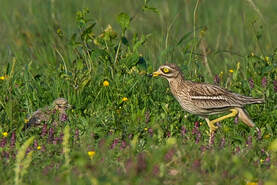 Stone curlew with its chick. Photo: RSPB Ian Grier Stone curlew with its chick. Photo: RSPB Ian Grier The stone curlew is a great conservation success and the species has been brought back from the brink. If you missed the talk or if you'd like to listen again, you can do so here but otherwise here is a brief summary. If there's an endangered bird, be it cirl bunting, osprey, sea eagle or stone curlew, Nick Tomalin is most likely to be leading the team working to help populations recover. The Wessex Stone Curlew project has been running since 1985 and has seen the population increase from just 30 pairs to over 100 – one-third of the whole UK population of around 350 breeding pairs – and has the support of around 300 farmers. Back in 1768, Gilbert White of Natural History of Selborne fame wrote that they weren't rare and probably 1-2,000 pairs were nesting on the well-drained chalk-land in the Purbecks and Wiltshire Downs, Chilterns and East Anglia. They migrate here from North Africa and Southern Europe, usually arriving in March and breeding in April. From laying to fledging takes 10 weeks, so there can be a second brood in August or even sometimes as late as October. 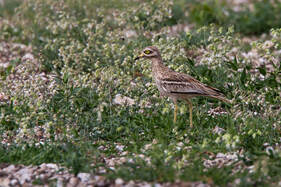 Stone curlew foraging. Photo: RSPB Ian Grier Stone curlew foraging. Photo: RSPB Ian Grier All depends on habitat availability and the climate. Stone curlew eat surface invertebrates – their beaks can't dig into the ground, so if it's frozen they will starve. And changing wildlife populations such as fewer rabbits have reduced their preferred nesting ground in short grassland so they now pretty well depend on 'sacrifical' plots of around 2 hectares set aside in otherwise arable fields with grass 'buffer strips' needed for foraging not too far away. Farmers are compensated for the loss of income – from what unfortunately for them are often the most productive areas of the field! There are of course many threats to ground-nesting birds. The team work with farmers not just to provide the nesting plots, but also to identify nests away from these, which are then marked so that tractors etc can avoid them. The stone curlew make it quite difficult to do this because when threatened they will creep away from the nest and the chicks will 'freeze', making it very difficult to see where the nest is as they are so extremely well camouflaged. Because of changes in farming practice and wildlife populations, the Stone Curlew population in the UK is no longer self-sustaining and depends on projects such as the RSPB's and, of course, support from volunteers. Keep your eyes peeled especially in the early morning and at dusk when they're most active, if you're walking on the downs past arable fields and of course especially if you can spot a 'sacrificial' plot. Calling all members! This month's talk will be preceded by our AGM which will begin at 7pm this Thursday, 18 February. If you are a paid up member for 2020/21 and have not heard from Dick Budden with the meeting papers and the link for the AGM and the talk, please email him at [email protected].  Photo: Richard Avery, CC BY-SA 4.0 httpscreativecommons.orglicensesby-sa4.0, via Wikimedia Commons Photo: Richard Avery, CC BY-SA 4.0 httpscreativecommons.orglicensesby-sa4.0, via Wikimedia Commons Calling everyone! At 7.30pm, after the AGM, guests are invited to join members for our monthly talk, at which our speaker Nick Tomalin will tell us all about the Stone Curlew conservation project that he manages for the RSPB. The stone curlew is a great conservation success and the species has been brought back from the brink. Guests need to register with Dick to be sent the link for the talk, and to pay £2, for which Dick will provide full instructions. The photo is an acrylic image of a Eurasian stone-curlew (Burhinus oedicnemus)on the back of a building in Crane Lodge car park, completed on 31 Sep 2014 in association with the RSPB. Wessex Museums have a programme of online talks to complement their online Wildlife in the Red exhibition about the examples of endangered species which they have in their collections. 'They tell the stories of collectors and early environmentalists, but also of species that have been pushed to the brink of extinction.'
The exhibition itself might be great stuff for half term! they One of the items is the Great Bustard in the Salisbury Museum, and for anyone who missed David Waters' talk about the Great Bustard project last October, there's another chance to hear him on Thursday, 4 March: Great Bustards - Flying on the edge of extinction. Book online at https://www.wessexmuseums.org.uk/book-online/ 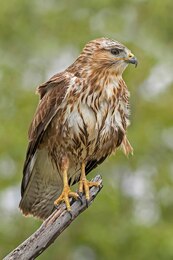 This report is now available online. Bad news of course, not least that there are 19 million fewer pairs of breeding birds compared with the 1960s. More house sparrows in Wales but fewer elsewhere (my bird feeder tells a different story). Big trouble for woodland birds including now the willow tit as in this story from The Guardian, 'despite widespread uptake of agri-environment schemes and other bespoke conservation initiatives' about which we are now hearing so much more. But our wonderful mewing buzzards are doing well everywhere except in Wales. And bird trapping in Malta is still going on but it's declining in Cyprus, which will help our migrators. It's a good read. Photo: By Charles James Sharp - Own work, from Sharp Photography, sharpphotography.co.uk, CC BY-SA 4.0, httpscommons.wikimedia.orgwindex.phpcurid=681 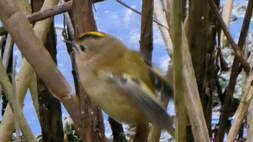 Talk about a contradiction in terms! This exquisite little bird is our smallest and weighs less than a 20p piece. But because of its beautiful golden crown it's known in European folklore as 'king of the birds'. And yet - it's scientific name is Regulus regulus - the Latin word regulus means 'petty king' and it belongs to the Regulus or Kinglet family, which sounds a bit nearer the mark! And all we call it is the goldcrest. Very unimaginative of us. The other Kinglet is K.ignicapillus - Latin scholars will immediately realise we're talking about the Firecrest, which has a white flash alongside the gold - maybe the ash from the fire. Andrew Carter got close enough to get this amazing photograph, near Fonthill Lake on Wednesday morning. If you have any photos or videos of wildlife that you'd like to share, please do send them in to me at [email protected]. |
Photo: Avocets (Izzy Fry)
The headers display photos taken by our members. Do get in touch via the Contact Form if you'd like to submit a photo for selection.
Archives
May 2024
Categories
All
|

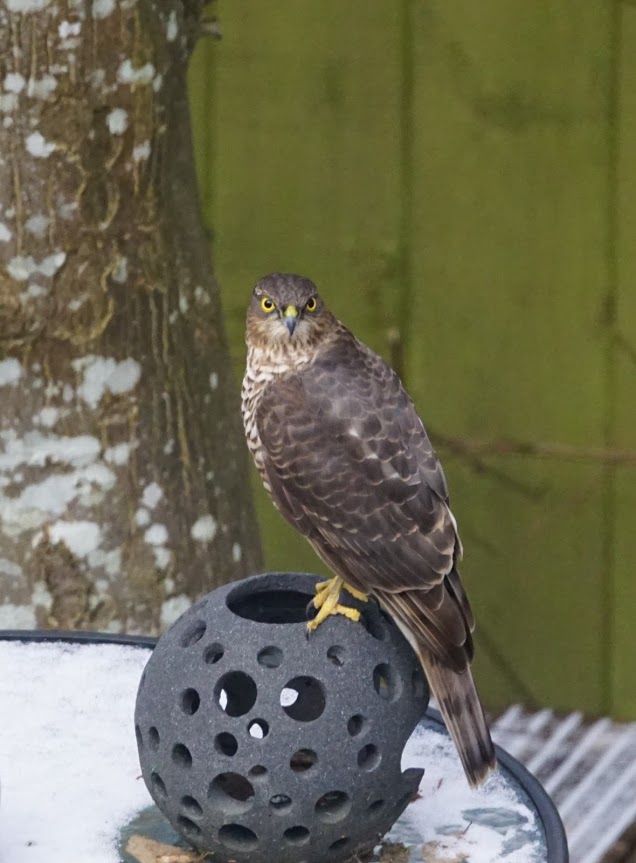

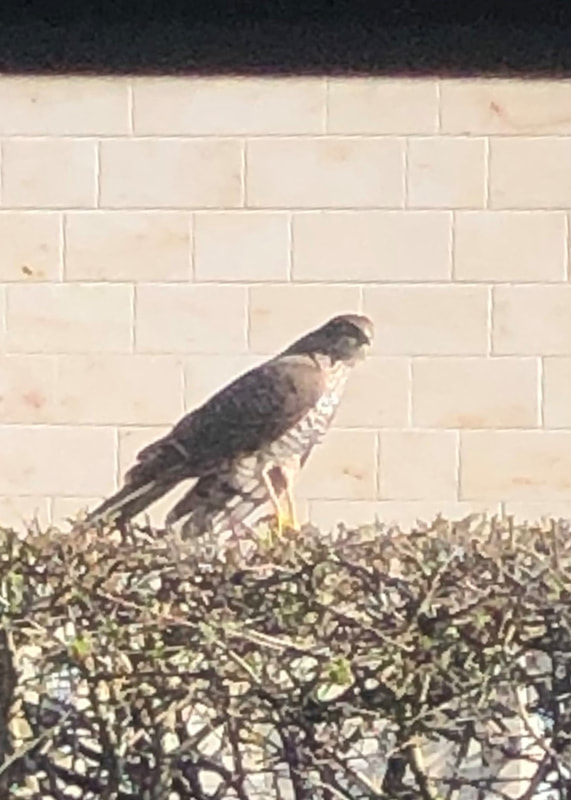

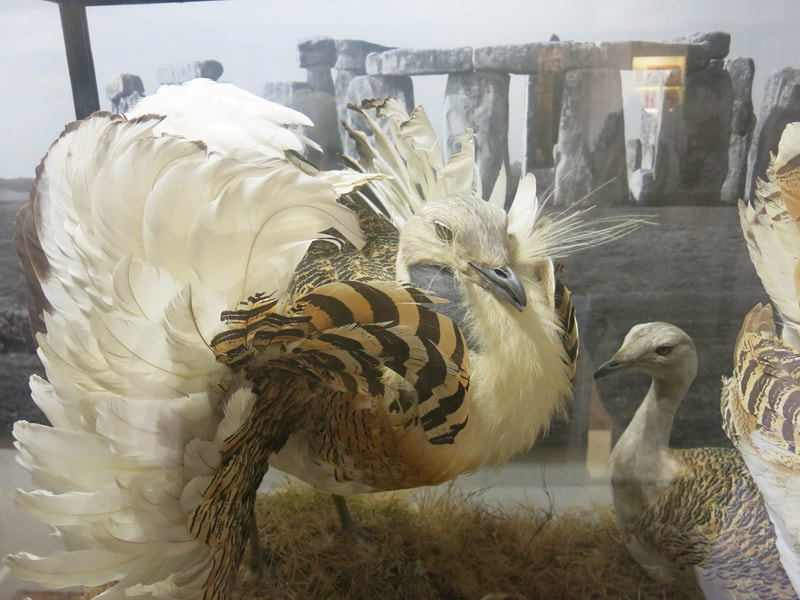
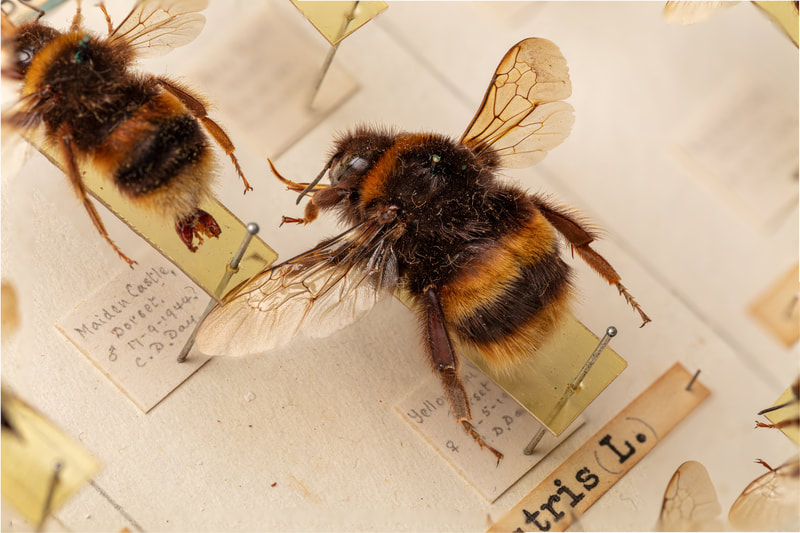

 RSS Feed
RSS Feed